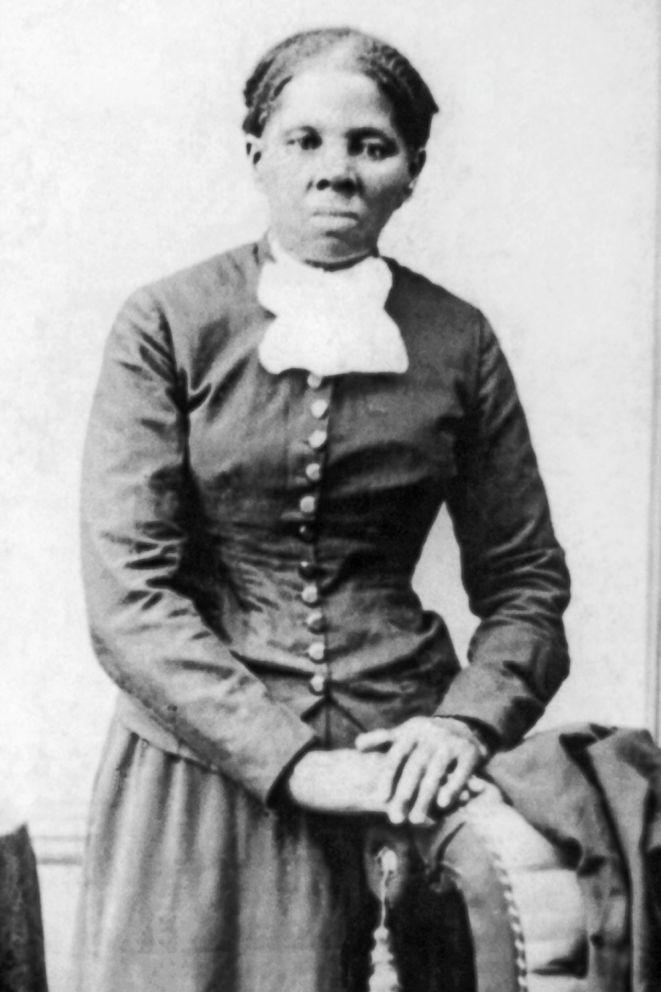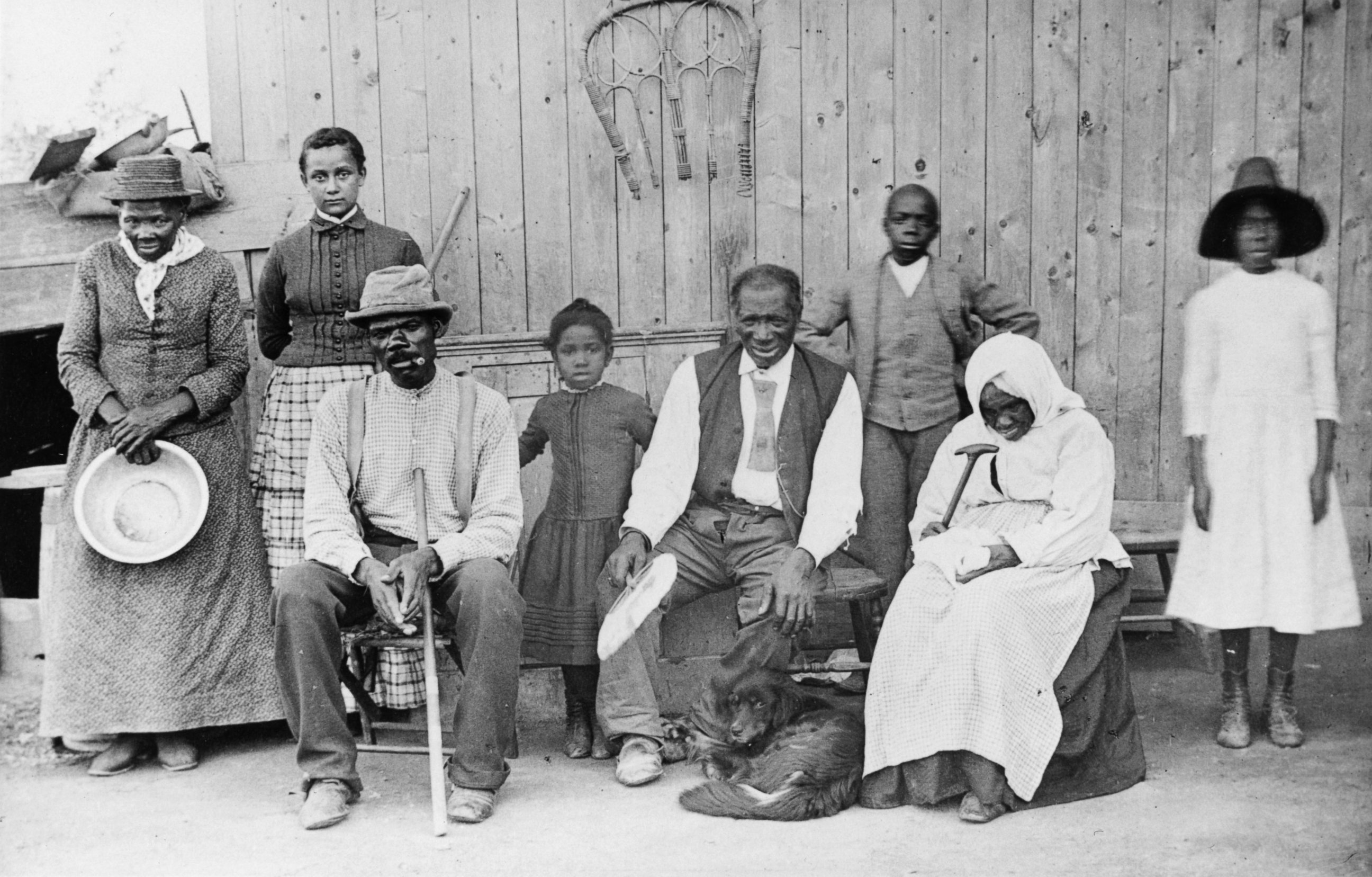Harriet Tubman: What to Know About the New Face of the $20
A runaway slave from Maryland, she led hundreds of slaves to freedom.
— -- The $20 bill, currently emblazoned with the seventh president of the United States, Andrew Jackson, is getting a makeover.
African-American civil rights activist and abolitionist, Harriet Tubman, is replacing Jackson as the face of the new $20, the U.S. Department of the Treasury announced Wednesday. She will be the first African-American woman to be featured on U.S. currency.
Who is Harriet Tubman?
Tubman is most well-known for her role in the Underground Railroad, a network of secret routes and safe houses used by people of African descent to escape from from slavery to the “free states” in the 19th century.
A runaway former slave from Maryland herself, she led hundreds of slaves to freedom over the course of 10 years, often risking her own life. An icon in American civil rights history, she is widely-regarded as one of the leading abolitionists, demanding the end of slavery.
Tubman was born into slavery in 1822 on a plantation in Dorchester County, Maryland, according to the White House. Her birth name was Araminta Ross. When she married a free black man in 1844, John Tubman, she changed her name to "Harriet." She escaped slavery in 1849.

Following her role as a “conductor” of the Underground Railroad, Tubman went on to become a spy in South Carolina for Union forces during the Civil War. She was also a nurse.
Harriet Tubman, an American Icon
Despite having a bounty on her head, Tubman returned to the South at least 13 times to lead her family and hundreds of other slaves to freedom. Tubman moved unnoticed through rebel territory, blending in and using her in-depth knowledge of slave routes to pass through those states undetected.

President Obama has called her an "American hero." In commemoration of the 100th anniversary of her death in 2013, he signed a proclamation calling for the creation of a national monument depicting Tubman on the eastern shore of Maryland.
“Harriet Tubman fought tirelessly for the Union cause, for the rights of enslaved people, for the rights of women, and for the rights of all," Obama wrote at the time. "She was a leader in the struggle for civil rights who was forever motivated by her love of family and community and by her deep and abiding faith."
And in 2014, Obama established the creation of the first ever national park to honor an African-American woman by signing the 2015 National Defense Authorization Act into law, a $577 billion measure that included language to create the Harriet Tubman National Historical Park in Maryland and a National Historic Park at her home in Auburn, New York.
When will we see Tubman on the $20?
Treasury Secretary Jacob Lew says the goal is have the new $20 bill, including updated $5 and $10 bills, in circulation soon.
"Our goal is to have all three new notes go into circulation as quickly as possible, while ensuring that we protect against counterfeiting through effective and sophisticated production."




